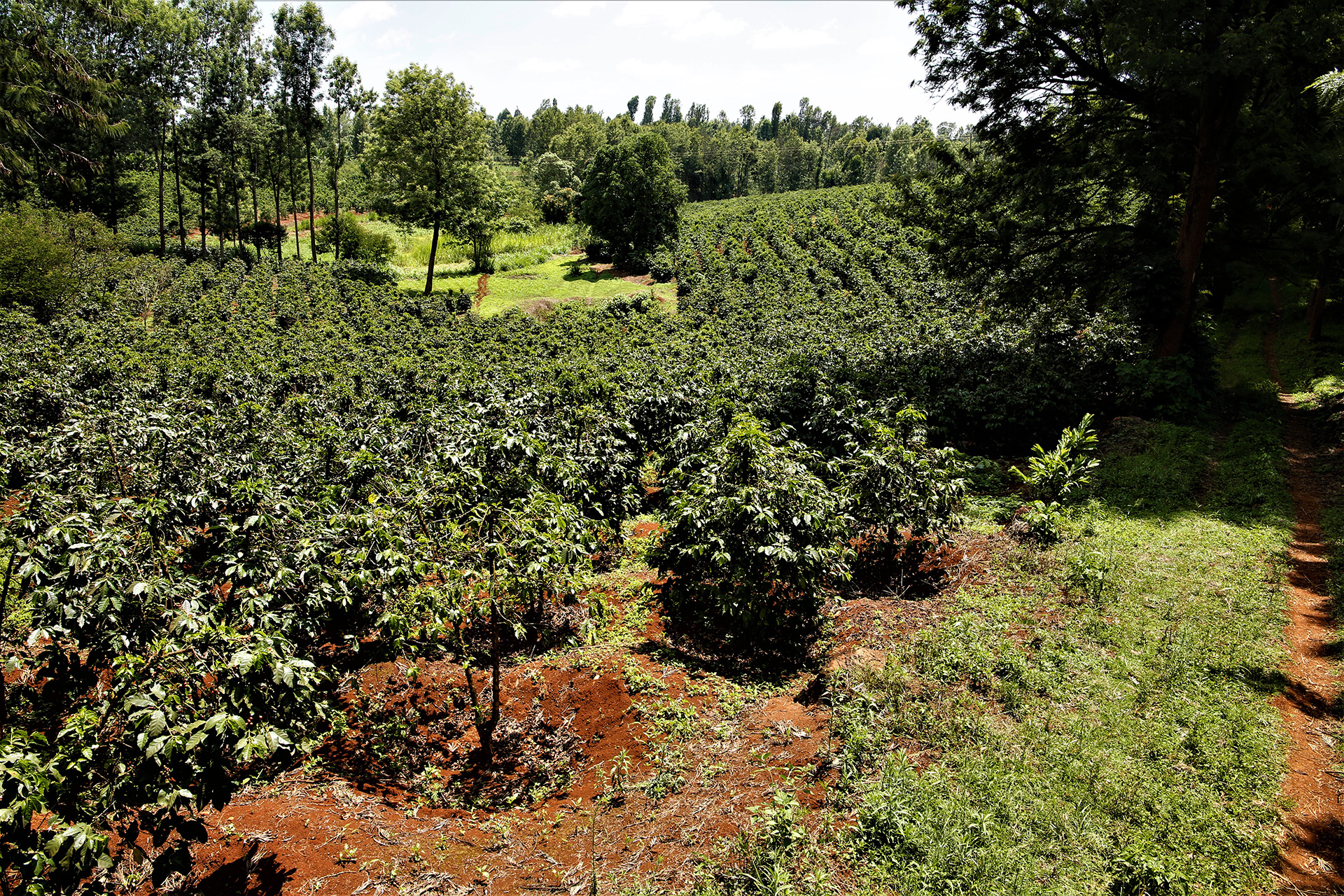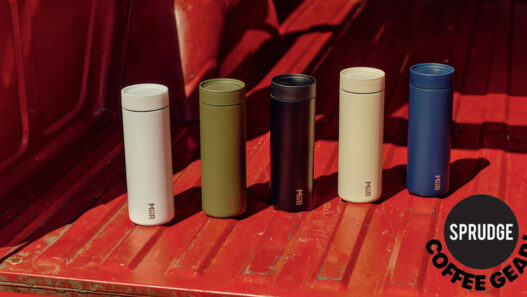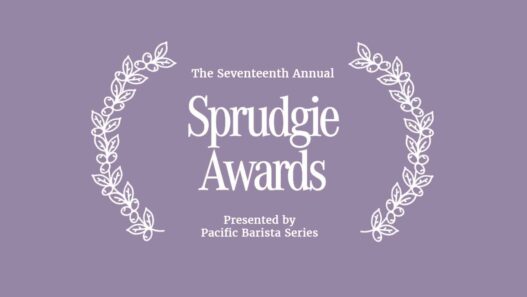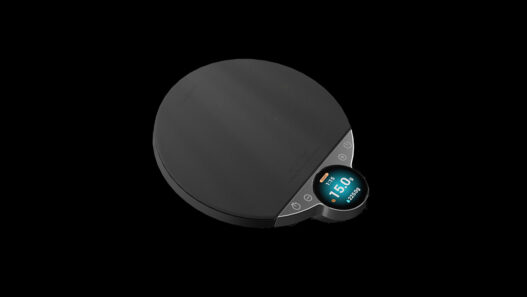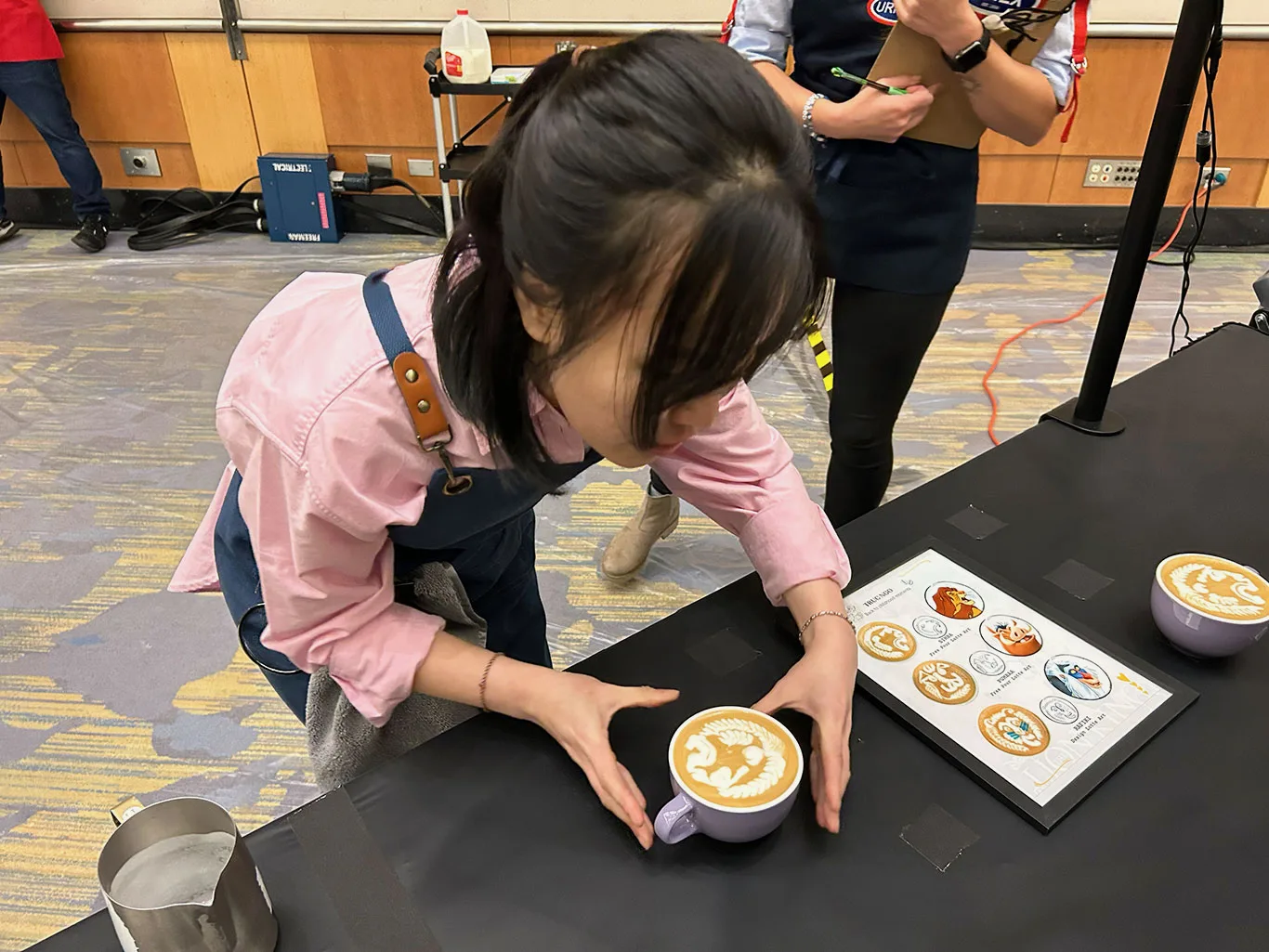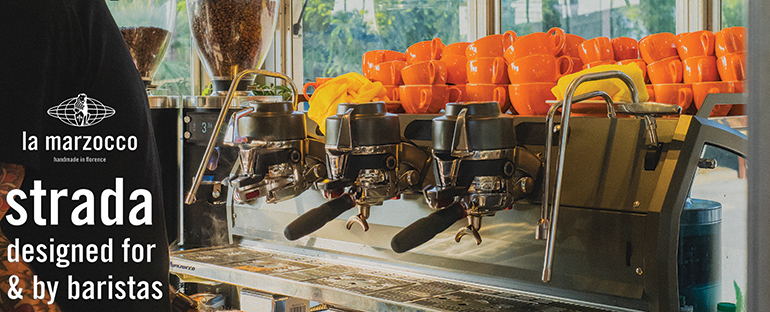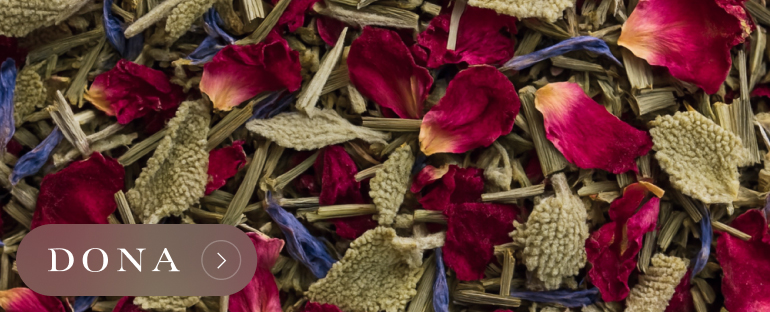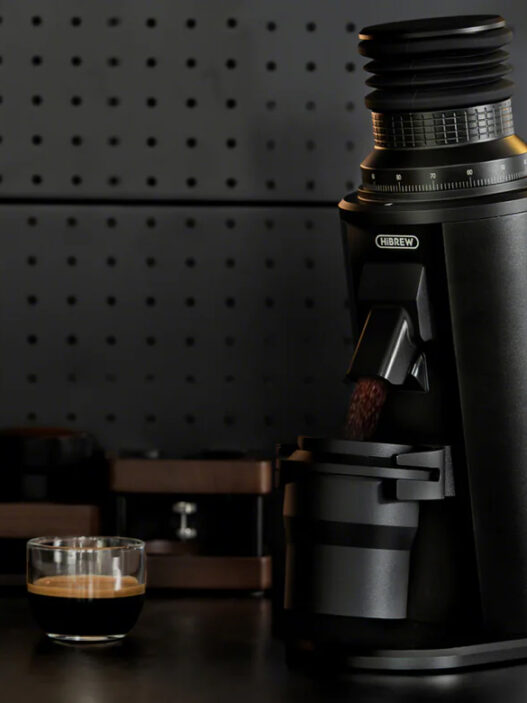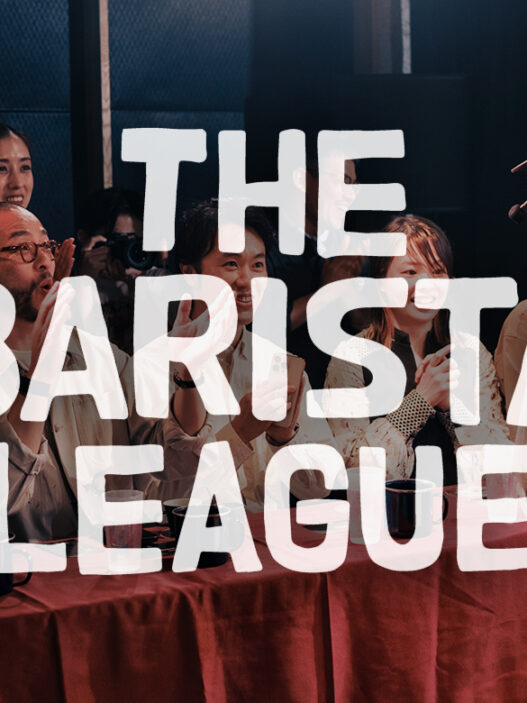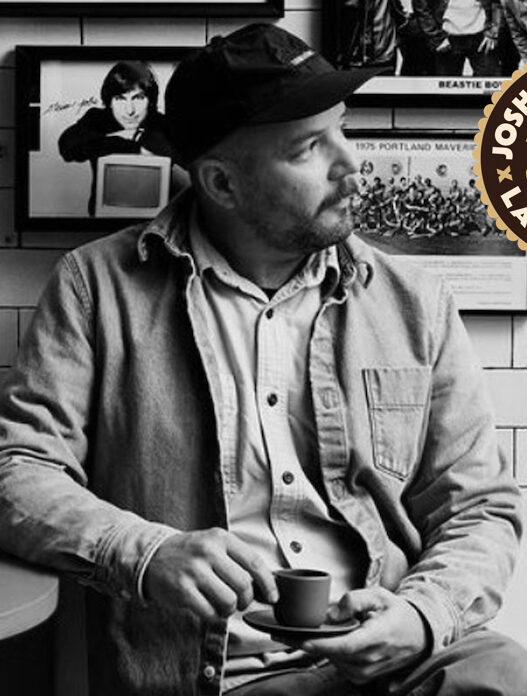Specialty coffee is getting old. Not in the sense that it has become tired, but that the past decade-plus of acceleration have seen the industry grow up. If you’ve been a part of it for long enough, it can make you too feel old. But you want to know what’s really old? Arabica coffee, that’s what, with a new study finding it to be at least 600,000 years old.
To put that into perspective, homo sapiens didn’t first come on the scene until somewhere between 200,000 and 300,000 years ago. Arabica coffee, meanwhile, is conservatively twice as old, if not up to five times. As reported by Phys.org, this latest paper comes from a global compendium of researchers across multiple fields and was published in the recent edition of the journal Nature Genetics.
For it, they created what they are touting as the “the highest quality reference genome to date of the world’s most popular coffee species, Arabica,” sequencing 39 different varieties, including an “18th century specimen used by Swedish naturalist Carl Linnaeus to name the species.” With this reference genome, they were able to rebuild the lineage of Arabica coffee and it move continents across millennia.
Arabica has long been known to be a hybridization of two other species: robusta and Eugenioides. But best estimates for when that hybridization occurred ranged from as little as 10,000 years ago all the way up to 1 million. And more than just being a very wide margin, when that Arabica hybrid tells us a bit about it, specifically was it wild or mad-made?
To answer this question, researchers ran the Arabica genomes through a computational modeling program “to look for signatures of the species’ foundation.” They found three of what they are calling “population bottlenecks,” the earliest of which they determined to have occurred 29,000 generations ago, or 610,000 years ago. This puts the latest Arabica could have developed at that 610,000 year mark, as opposed to the 10,000 year range.
More than just a cool bit of coffee history, the information gleaned from the Arabica lineage may help to safeguard it in the future from threats like leaf rust. Per Phys.org, Arabica’s low genetic diversity it what makes it susceptible to broadscale decimation by pathogens. In sequencing the Arabica genome, in particular Timor—a hybrid of Arabica and robusta that has an increased resilience to leaf rust—researchers were able to “pinpoint a novel region harboring members of the RPP8 resistance gene family as well as a general regulator of resistance genes, CPR1.” With the knowledge of a particular part of the gene that help defend against leaf rust, breeders can focus their hybrid efforts on amending that particular area of the gene.
To protect the future of coffee, we must look to its past, to a time hundreds of thousands of years before the dawn of man. Though, maybe we would have evolved a little sooner had we known there was a nice hot cup of something nice waiting for us when we got there.
Zac Cadwalader is the managing editor at Sprudge Media Network and a staff writer based in Dallas. Read more Zac Cadwalader on Sprudge.

